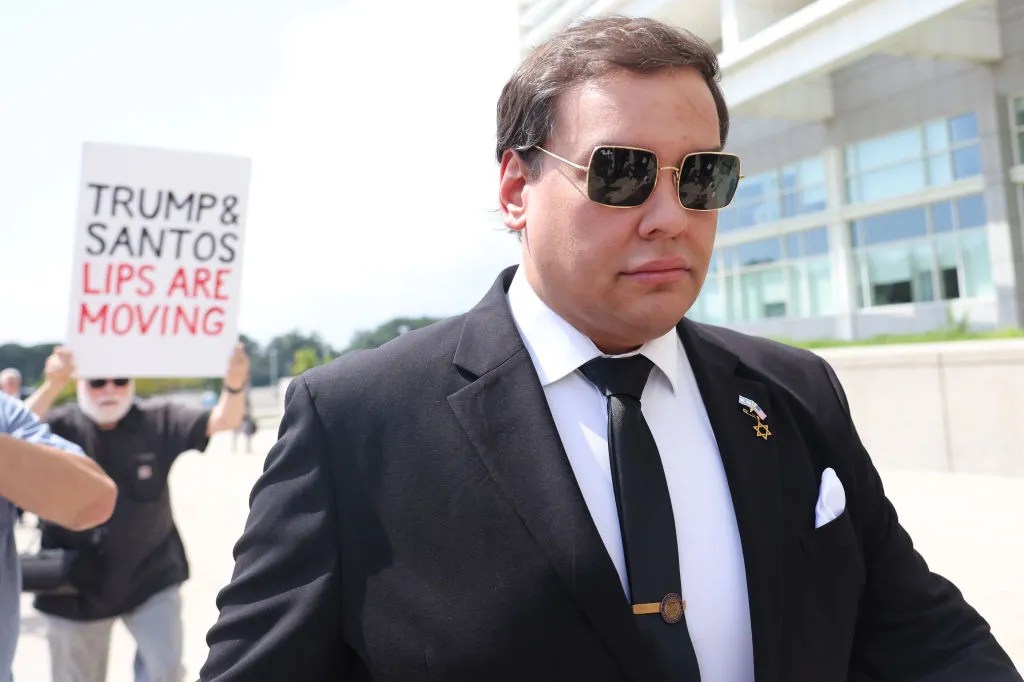NYC data shows drug-alcohol link to unsafe sex, knowing status doesn’t change behavior
BY DUNCAN OSBORNE | A 2011 study of gay and bisexual men living in New York City found high rates of unsafe sex and high rates of drug and alcohol use.
The National HIV Behavioral Surveillance Study interviewed 510 men at bars, parks, gyms, and other venues. The men ranged in age from 18 to over 50, though 52 percent were between 18 and 29. Twenty-three percent were African-American, 39 percent were Latino, 29 percent were white, and nine percent identified themselves as “other.”
Of the 510, 448 discussed when they last had unprotected anal sex. Fifty-eight percent of the Latino men said they had such sex in the prior year, and 37 percent of all the Latino men said they had unprotected anal sex during their most recent sexual encounter.
Fifty-one percent of the white men said they had unprotected anal sex in the prior year, as did 51 percent of the men who identified as other. Thirty-two percent of the white men and 31 percent of the “other” men reported having had unprotected anal sex during their last sexual encounter.
Among the African-American men, 45 percent reported unprotected anal sex in the year before the interview, and 23 percent they had such sex during their last sexual encounter.
There is a correlation between unsafe sex and alcohol and drug use, and the men in this study were no exception to that well established relationship.
Among the 510 men, 30 percent of the white men, 25 percent of the Latino men, 23 percent of the African-American men, and 17 percent of the other men reported “at least weekly” binge drinking, which was defined as “five or more drinks in one sitting.”
Fifty-three percent of the white men and 54 percent of the non-white men reported drug use in the prior year, while 47 percent of the white men and 43 percent of the non-white men reported drug or alcohol use during their last sexual encounter.
Among the 510 men, 475 were tested for HIV and 19.2 percent were positive, or roughly one out of five. Forty percent of that group did not know they were infected.
In the four racial groups, prevalence, or the percent infected, ranged from 10 percent of the men classified as other to just under 42 percent of the African-American men.
One piece of the data cast doubt on one rationale for testing.
Beginning in 2005, local, state, and federal health officials began arguing for expanded HIV testing by emphasizing that studies showed those who learned they were positive would stop having unsafe sex. Other studies indicated such changes in behavior were not sustained.
In the 2011 study, just seven percent of the white men who tested positive were unaware of their status, but, as a group, whites were having nearly as much unprotected anal sex as the Latino men and more unprotected anal sex than the African-American men, even though the rate of unknown HIV-positive status was significantly higher in those two populations.
Among the men who tested positive, 45 percent of the African-American men, 46 percent of the Latino men, and half of the men classified as other were unaware of their status.
Testing, of course, allows those infected to seek treatment earlier.
The study was done by city’s Department of Health and Mental Hygiene (DOHMH) and John Jay College. The bleak data comes as the city is slashing funding for HIV prevention.
The DOHMH wrote to nine AIDS groups in December telling them that their current prevention contracts would be cut by 50 percent. After City Council Speaker Christine Quinn said the department could not cut dollars that the Council and the mayor had approved, the department restored the funding through June when the city’s fiscal year ends. The department will then pay half of the value of the contracts through the end of 2012.
In a January letter to one AIDS group, Thomas Farley, the city’s health commissioner, wrote that HIV prevention funds have been cut by $19 million over the past five years, with his department eliminating $8 million and the City Council cutting $11 million.
On February 22, some 20 AIDS groups gathered at the Lesbian, Gay, Bisexual & Transgender Community Center at a forum titled “Are We Ready to End AIDS?” and discussed how to respond to the cuts. After two hours, the roughly 50 people in attendance had heard calls for unity and working together, but they left with no plan. They also heard other bad news.
“Some of you sitting here right now are going to see your state contracts cut,” said Soraya Elcock, who was the deputy director of policy and government affairs at Harlem United, an AIDS group, until 2010 and is now a consultant there.
The federal Centers for Disease Control and Prevention has eliminated between $13 and $20 million in AIDS grants to the state, and those cuts will be passed to local groups, Elcock said.
Gertrudes Pajaron, the director of development at the Asian & Pacific Islander Coalition on HIV/ AIDS (APICHA), said that some groups would likely close and some of them “should” close.




































